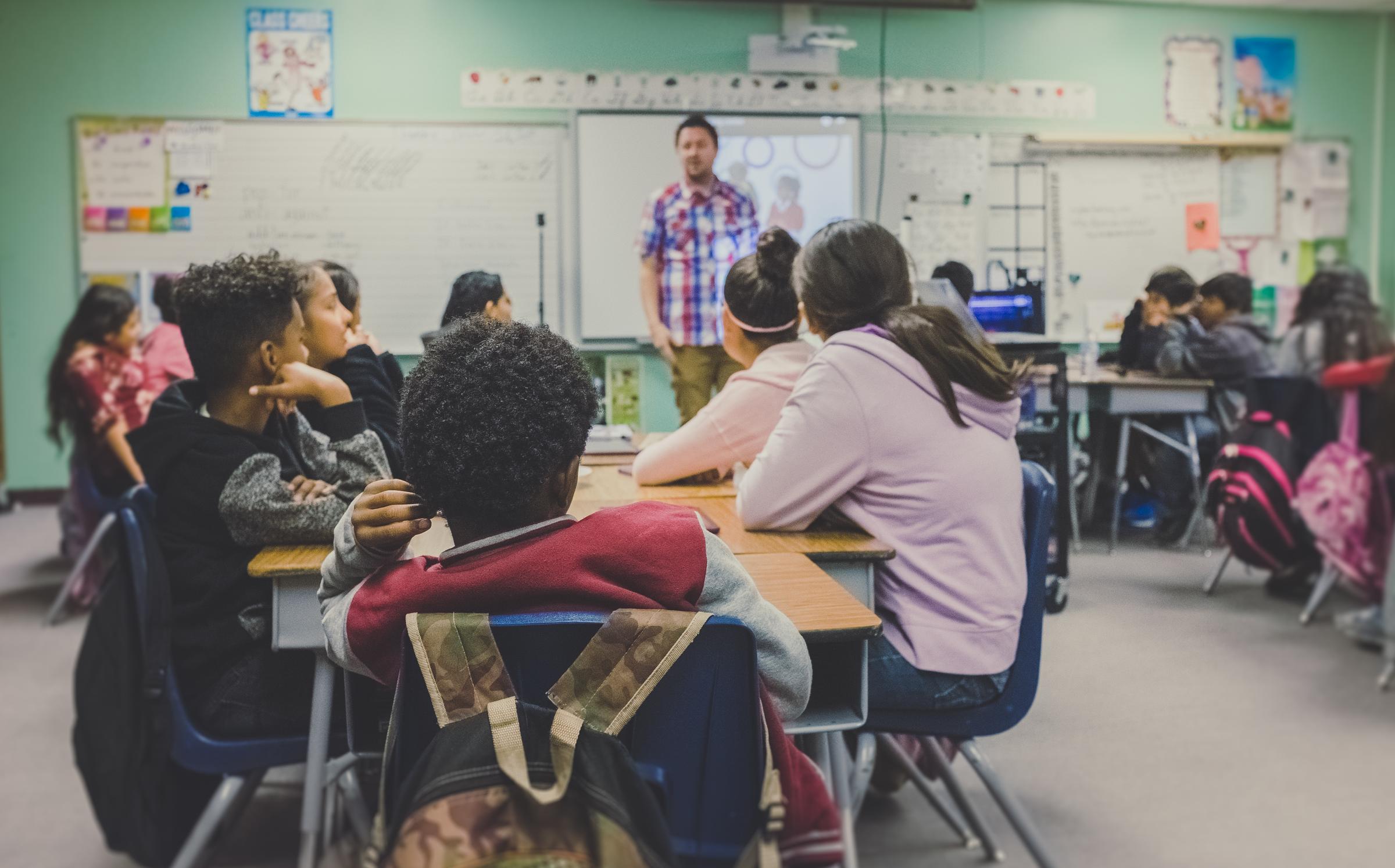Classroom News
From 5P

Classroom News
From 5P
Year 5 Exploring Natural Disasters in English and Science
This term, 5P have been diving deep into the fascinating world of natural disasters across both English and Science. From cyclones and bushfires to floods and earthquakes, students have been learning how these powerful events shape our environment and impact communities.
Students are building their research skills as they investigate different types of natural disasters. They are learning how to find reliable sources, take notes, and communicate their findings clearly. As part of their assessment, students are creating their own disaster awareness guide—a multimodal text designed to inform and educate others about how to stay safe before, during, and after a natural disaster.
Students have explored the causes and effects of natural disasters and how communities can prepare and respond. Their curiosity has been evident through our “I Wonder” Wall, where students have posted thoughtful questions and worked collaboratively to research and answer them.
The students have thoroughly enjoyed learning new facts, asking big questions, and making connections across subjects. It’s been a joy to see them so engaged, enthusiastic, and proud of the new knowledge they are gaining as they learn about the forces of nature and how we can live safely alongside them.
I learnt that the eyewall is the most dangerous part of a cyclone because it has the strongest winds and the heaviest rain.
Nina
I now know the key parts of a tsunami:
Initiation: An event, like an underwater earthquake, moves a large amount of water.
Propagation: The tsunami waves spread out in all directions across the ocean.
Amplification: As the waves reach shallower water, they grow taller.
Impact: The waves crash onto the shore, often with little or no warning.
Avery
I learnt the purpose of Cool Burning. It’s a practice used by Indigenous peoples to safely clear underbrush and vegetation, which helps prevent larger, uncontrolled bushfires.
Nora
I now know that a fire needs three elements to start: oxygen, fuel, and heat. I also learnt that lightning strikes are the most common cause of bushfires.
Lucy
I learnt that there are two seismic readings used to describe an earthquake: magnitude, which shows how strong the earthquake is, and intensity, which shows how much damage it causes.
Zaraya